|
by Natalie Johnson of Gaia Gems
We live in a time of great change and upheaval. The condition of our own mind and health is mirrored in the fluctuating state of the environment. Increasing incidence of floods, earthquakes, volcanic eruptions and chaos in all forms show that the Earth is restless and in distress. Much of what we see is the result of humanity’s ignorance of natural law. Because we have become disconnected from the natural world and no longer see ourselves as a part of the Web of Life, we make decisions that further disrupt the balance of nature and help to create the aberrant weather patterns that are on the rise. We have set ourselves apart from the rest of nature and we do not understand our interconnectedness and interdependence, resulting in making choices that adversely affect all of creation. As Gaia struggles to regain her equilibrium, so too must we. We must work to recover that which is sacred and right within ourselves and in our own lives as an important first step in making changes to the ecological crises that we face. The recent unprecedented heat wave continuing to manifest across the globe can be seen as a direct reflection of our own rise in anger, hatred, senseless destruction and unbridled greed. The dangerously high temperatures worldwide can be seen as metaphor for our own unchecked emotional eruptions. Neither humanity nor the Earth can withstand such extremes for long. In order to become effective agents of positive change, we must each look deep within ourselves and seek to restore our own inner balance and well-being. We must return to abiding by natural law as the highest authority. We must understand in our core that we are a part of the Web of Life along with all other-than-human beings and that everything is alive and has Spirit. Our capacity for critical thinking does not put us ahead of other life forms in importance. Rather, it calls us to a place of greater responsibility toward the planet we call home. We must become a voice for all those who are at this time not heard. We tend to protect that which we love and understand. All of us, regardless of ethnicity or country of origin have ancestors who lived their lives in a world that was sacred. It was a world of wonder and miracles. They planted by the moon and the seasons, navigated by the stars, studied plants and animals to learn what to eat and how to make medicine. From the generosity of the world around them they fed, clothed, sheltered and healed themselves. They created ritual and celebration to honor the spirits of the land. They gave thanks on a daily basis for their lives. They rose early to greet each new day for they knew that the sun gave life to all. To them, everything was important, everything was connected, everything was sacred. It was incomprehensible to use the Earth for their own greed, to take without giving back, to abuse the land, to take things for granted, to neglect to offer thanks or prayer. This is what has been lost and this is what we must bring back. I invite all of us to go out and reestablish that connection with Mother Earth. In spite of our transgressions, She still wants to have a conversation with us. It is the way of mothers to always be there for us no matter what. Our spiritual growth is intertwined with Hers and She cannot evolve to her full potential without us. You can start small. Just go out in your backyard or to a place in nature that you enjoy. Make yourself quiet, center yourself and just “be”. Notice who is around - - plants, birds, insects, animals, the breeze on your face, the sun on your skin. Make known your intention to connect and then just wait. It might take a few times but it will happen. There are many things we all can do to tread more lightly on the planet. But perhaps the most meaningful place to start is to just notice what is around you and sit quietly and offer Mother Earth your love. She needs to hear and feel that. She has been waiting a long time for us to come home. Her arms are outstretched and Her heart is open. Let’s run to Her now. by Marissa Ranahan During the summer months, herbs are extremely helpful for dealing with humidity and heavy heat. And personally, it’s my favorite season to start incorporating these herbs into my daily routine! Certain herbs are highly beneficial in the summertime, thanks to their ability to regulate body temperature, aid in digestion, and soothe seasonal rashes. If you haven’t already, start working with these herbs to create more soothing (and delicious!) summer days. ROSE Due to its gentle scent, rose is typically applied as an essential oil on the skin. Using rose water on your face is the perfect solution for dealing with dry skin and excessive sweating. Plus, rosewater also aids in reducing skin redness and inflammation from the heat. When ingested, this herb provides a number of benefits for the body. For example, it’s perfect for internal cooling and providing relief from menstrual cramps. Typically, rose is consumed through herbal tinctures, teas, or water. This month, start treating yourself to some iced rose tea to stay cool – all while boosting your mood immune system between sips! CHAMOMILE Chamomile - like its flower friend rose - works towards cooling the body internally. Traditionally, its main function is to aid in digestion and soothe stomach aches. Like most florals, it’s best ingested as a tea or supplement. Chamomile is also perfect for soothing insect bites. Thanks to its anti-inflammatory medicinal properties, chamomile reduces itching, redness, and swelling. Apply a drop of chamomile tea or oil balm to a mosquito bite in the morning and before bed. Before you know it, you’ll soon stop scratching and start healing! ROSEMARY Now, let’s talk about everyone’s favorite part of summer – food! For topping off your signature dishes, nothing tastes better than a pinch of rosemary. Its delicious, aromatic flavor is a wonderful addition to any summer cuisine. Rosemary is perfect for adding as a light coating to roasted chicken and root vegetables. This herb also works well when blended with olive oil for rubs. And while you’re munching away, you’ll also be helping your digestive system. Rosemary actively reduces inflammation and indigestion, even for the most sensitive stomachs. Thankfully, all ages can reap the benefits of incorporating rosemary into their diet! As always, everyone’s favorite herbs depend on their preference. For me, I find an abundance of joy incorporating these herbs into everyday living. This summer, don’t be afraid to experiment with different herbs, oils, and seasonings to find out which work best for you! 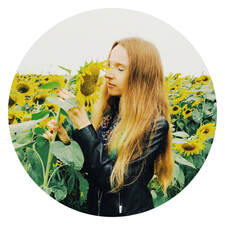 Marissa has been drawn to the world of aromatics and plants since she was a child. Certified in aromatherapy, Reiki, and meditation, she is determined to create a life centered around healing others. Additionally, Marissa is a holistic life coach, and works towards helping others heal while simultaneously getting in touch with their spiritual side. As Herbstalk's Market Manager & Community Engagement Assistant, Marissa draws upon years of experience to oversee Herbstalk’s vendor relations, event management, and social media outreach. As a longtime attendee and member of the Herbstalk community, she is beyond thrilled to be a part of the team! 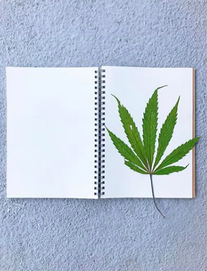 by Caitlin Moakley My relationship with Cannabis began when my first intimate relationship ended. Cannabis welcomed me with open arms - offering an entrance and an exit -- a portal where I would dive into my journey of self-discovery. My first experience with Cannabis was when I was 20 years old. Upon that first inhale, sparks most certainly were flying. This feeling was totally new to me: mindfulness. The moments after inhaling were laced with a sense of peace, this beautiful pause that was unfamiliar. I was able to have my thoughts separated into slices of sensuality, self-worth and awareness. The previous years I had spent in a relationship that left me depleted and feeling as if I had lost myself were being swept away, piece by piece, allowing me the time and space to remember how to put myself back together. As with any relationship, opportunities for growth, evolution, and change present themselves -- and sometimes they require a reflective, constructive break to move forward and/or upward. When I first began my relationship with Cannabis, I was smoking her -- a lot. Honestly, more than I should have been. It felt like a very one-sided relationship for a few years. I went from smoking and ingesting Cannabis multiple times a day, all day, to not being able to smoke or ingest Cannabis at all. This time came during my senior year of college. Waves of panic and anxiety would pulse through me when I would engage with Cannabis. There was a blockage that I simply did not have the tools to break down. I went months without using substances during this time -- cannabis and alcohol to be exact. My friendships, relationships, career goals, studies and health were all changing or shifting focus in some way or another. The usual high and settling down that I would look forward to after coming home from class was now a paranoia-filled hour that made me put my foot down and re-evaluate my situation with substances. Alcohol was making me sick -- one glass of wine, one beer -- it all made me horribly ill the next day and I would regret it. So, I stopped completely for several months. Shortly before graduation, I was in my dorm room getting ready for class. Suddenly, I started sweating, became dizzy, and had this feeling as if a beach ball was being blown up in my stomach. The most intense pain I had ever felt was washing over me in wild waves that were leaving me doubled over in pain. I couldn’t move. I was scared, I was alone, and I was wondering what was happening to me…. After about an hour of pain-induced fear and nausea, I was able to gather myself from the floor and get on the phone with my mom. She brought me to the hospital where I was told I had an ovarian cyst that had ruptured causing the pain. This event was the first of many ruptured cysts and unbearable menstrual pains in my future. Two ladies were there for me during this time; my mom and Cannabis. Cannabis and I began working together again. I wasn’t simply using her - we continued our harmonious relationship together down this path of self-discovery and shared knowledge. I instinctively re-introduced Cannabis into my life after this event. Cannabis would help me communicate and understand my body rather than mute the pain. I would be able to momentarily separate myself from the pain so that I could realize the strength I had within myself to endure these moments, and come out of them stronger. This experience gave me an opportunity to share my story, my relationship with Cannabis, in the hopes that it would resonate with and help another woman on her journey. Using Cannabis is no longer a mindless act for me, and I no longer “use” her. We work together and we hold space for each other in the ways we need it most: for growth and positive change. While my personal relationship with Cannabis has evolved and changed over the past decade, I have also witnessed the political and public relationship with Cannabis transform. We have quite a long way to go with regard to the injustices imposed on people of color and those imprisoned for nonviolent cannabis-related crimes. With decriminalization and legalization, we have seen steps forward with regard to research and access of information. We can now walk into a dispensary and choose different cultivars that will allow us to experience the maximum healing benefits that we can from this plant. With more and more research surfacing regarding the benefit of terpenes (the molecules in plants that give off a scent), we can now buy based on what we’d like to “cater to” on our healing journeys. I personally look to terpenes pinene, linalool, myrcene and beta caryophyllene when I need a little extra help from my cannabis friends. Both linalool and beta caryophyllene can offer anesthetic and analgesic effects, pinene can offer anti-inflammatory benefits and myrcene can offer the benefit of muscle relaxation and sedation. I find that having more access to information of the health benefits of cannabis has served me well - some cultivars really help me (especially during my menstrual cycle), whereas some cultivars can make me paranoid or give me a racing feeling rather than relax me. I personally really like the way THC-dominant cultivars distract me from my pains and allow me to get creative rather than be consumed by discomfort. I find that when we have this knowledge available to us, we have power! I am still on a journey with Cannabis. We are learning from each other and about each other every day. Interested in learning more about where I am with Cannabis now and how our relationship has further evolved? Catch me on the Women of Cannabis panel at Herbstalk 2019! I will be contributing alongside other strong, fierce women of Cannabis who will share their knowledge and power with you. 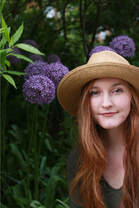 Hailing from South Boston, MA, Caitlin Moakley is a plant medicine advocate, floral and fungal foodie and champion of conscious ingredients in personal care. Caitlin is the owner and operator of Soil and Spirit, an independent consultancy focusing on collaborating and creating with small businesses in the natural products industry and cannabis and psychedelic communities. When Caitlin isn't thinking outside of the box with her clients, she's orchestrating quite the cacophony in the kitchen with her weapon of choice: the S-Blade or browsing through her many books in her home resource library. Caitlin is thrilled to be teaching at Herbstalk this year, and can't wait to learn with you! We want you to have the most wonderful time at Herbstalk, so here are some details that will help you make the most of the weekend. Read on for everything you need to know!...
We can't wait to see you for an amazing weekend of learning, sharing and celebration!!! We are very happy to bring back our popular "Meet the Herbalist" series where we profile some of the teachers, vendors and participants of Herbstalk. Today we are sharing an interview with Santalena Groves, herbalist and owner of Heart Grown Wild. We are honored to share some of her story with you. Come visit Santalena and see her beautiful skin care products at the Herbstalk Marketplace on June 1 & 2! Can you tell us a little bit about how your herbal work began? How did you first get interested in plants or herbalism? I think there is an intrinsic connection we all share to plants and nature. My first draw to plants was sparked by time spent in the natural world. Anytime I was able to escape the noise of my early existence I experienced a sense of ‘home’ that was like no other. I remember as a child I was obsessed with dandelion flowers and making things from leaves, petals and sticks. As I matured and entered college, I chose a small college that was surrounded by the beauty of the blue ridge mountains. No matter what was going on in my life, when I was hiking on a trail, feeling my feet on the ground and climbing over massive moss covered rocks, everything else drifted away and I felt like my most pure self. This continued to evolve as I sought out alternative plant based remedies to nourish my body and my door was blown wide open when I attended Herbstalk in 2013. I visited with many herbalists that day, and we took a plant walk that opened my eyes to a whole different version of my experience with nature. It was like someone turned on a light, and from there I was hooked. What challenges did you face when you first started? In the early days of formulation and making medicine I had difficulty figuring out how to assure the stability of oils and preparations. For myself and others it was sad to see oils and plant medicines turn rancid. As a resourceful person, I knew that I needed to throw my net wide to find answers. I found that scouring endless stacks of books, experimentation and personal experience proved the most helpful. Because sustainability and respect for these plants we work with is important to me, transparency with creating herbal oils and distillation techniques to assure quality is one of my values. I believe that sharing these methods at market booths and workshops over the years helps assure that our medicines don’t go to waste. If you could go back in time to meet yourself when you were just starting on the herbal path, what would you say? I think I would say to myself “Everyone’s connection with plants is personal and unique’. It makes my heart sad to hear others share shame or guilt because they don’t know all the answers, aren’t doing everything themselves, or the ‘right’ way. I remember feeling doubt and insecurity in the early days. I think this experience is common with any practice. We all have to start somewhere, and I think that it is important to allow the process to be messy and remember this is a practice -- so we will all continue to evolve and grow in our relationship with plants. What is the main focus of your work within the realm of herbalism? The main focus of my work is helping others access tunnels of light in the dark through beautiful self care rituals. The foundation of my work is inspired by my previous trauma informed practice in social work. I wove those experiences and practices with the magic of the plants to create beauty that goes beyond skin deep in each bottle. It makes my heart soar when that love and intention shines through and people feel these beauty rituals on a deeper level. My second passion with what I do is to grow so that I can be an integral part of helping shift a paradigm in a rapidly growing green beauty industry that is heavily saturated with the use of essential oils. While the shift towards more natural and plant based remedies is moving us to a cleaner place in our environment, similar to everything else in western society, we want it all and we want it fast. Our approach since the beginning is to help inspire that less is more. Knowing first hand how much the plants have to offer themselves to be distilled into a tiny amount of essential oil it has always begged the question for me, “For the love of plants, how are we going to sustain this and is it necessary”? This is also why I am challenging and teaching alternatives to current trends by using less essential oil if we do work with them. I love teaching people how very simple easy preparations can go a long way. I see my herbal business as a platform. I am putting in the hard work so that the message rings loud and clear outside of just our herbal community. At the market I started at, it was always inspiring to watch people's faces the first time they connected to the actual Helichrysum flowers I had in my jars versus the essential oil they connected with initially. Through this process I realized that there is a huge disconnect between the plants and this major ‘essential oil’ moment. I love teaching others how to make more sustainable beauty products, and also help others access these beautiful rituals by just using a few simple items. Can you share some of your go-to herbal books or favorite herbalists/teachers that you look to for inspiration? My go-to books are consistently Body into Balance by Maria Noel Groves, and The Herbal Medicine Maker’s Handbook. I have also found vintage books covering farming practices, sustainability and herbalism to be extremely appealing. I feel these “vintage’ books are teaching us how to circle back to simple and sustainable. I have had the privilege of learning about plants and herbalism from many people who I call my teachers. First and foremost the plants are my teachers. For people in my life who have been teachers, one would definitely be Kate Clearlight who runs Plantfolk Apothecary, she is a true pioneer of the green beauty movement in my opinion. She has been an inspiration to me for a very long time and I had a total ‘fan girl’ moment when I attended her workshops at the International Herb Symposium in 2017. I would also not be where I am today if it weren’t for my teachers at the Herbal Academy and Sage Maurer from the Gaia School of Healing in Vermont. My husband Tom Groves has taught me a great deal as well and it has been interesting to be on this journey together with plants from totally different perspectives. As the saying goes, “always a student”, the ‘students’ who attend classes I teach are also my teachers. We all bring a unique perspective to this practice, and we can learn from each other. Where do you see the future of herbalism going in the next few years? I think we are going to see herbalism continue to spiral out into the collective culture. We are watching Cannabis being decriminalized and people are shifting more and more to plants; stepping away from pharmaceuticals. With decriminalization and also the growth of herbalism it is shining a light on communities who have been marginalized for years - whether it be incarceration for practicing herbal medicine or being downright exploited. I think it is our responsibility to assure that everyone has equal access and to have the difficult conversations so that we can heal the harm that has been done. Therefore, I see herbalism being more than just physical medicine, I think that there is a social justice movement that will continue to grow within the practice that will be really potent medicine for all of us. Do you have a favorite plant or two at the moment? Oh goodness yes, Dandelion -- not only internally; they are also a sight for sore eyes. The flowers are everywhere right now and they are like little yellow puff pillows I just want to lay on all day in the sun. Working with dandelion is like drops of sunshine for my body and spirit. What advice would you give to budding herbalists? Find your roots. Exploring herbalism through our early experiences with plants and digging into the roots of our ancestors is powerful. What would be your top five deserted island herbs?
Roses to protect the heart and skin, big beautiful Burdock to nourish my body and wear as clothing, Mint as reminder that there is abundance everywhere and to cool it down, Hibiscus to hydrate and Jasmine to dream. Are there any non-herbal hobbies or interests that you love doing? I love to run and move my body, especially outside. I would describe myself as ‘simple bouje’. I am a total foodie, scouring vintage books and trinkets, and finding ways to bring luxe experiences into simple spaces-especially outdoors. Bring on cheese plates and candlelight surrounding a campfire, beauty rituals outside, herbal beverages pouring from crystal decanters, and vintage vinyl spinning on the record player. What made you want to be a part of Herbstalk? I was so inspired by the community that was built and how accessible “all things plants” was in one beautiful weekend. The first herbstalk we vended fostered relationships that now feel like home every time we come back. Steph, Henry and team have really built something special. 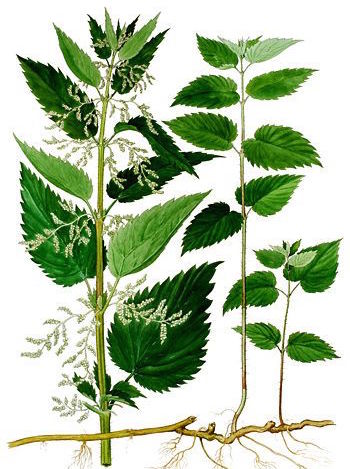 by Katja Swift I'll just go ahead and admit it: I'm not wild about the flavor of Nettles. I know that many herbalists think Nettles are just totally delicious, but I find the flavor... dull. However it's such an important and nourishing plant that I don't let my feelings about its flavor stand in the way of drinking Nettle infusions regularly - I just blend it up with other herbs I do love, and now I've got a tea that tastes good and is good for me! Whether you love Nettle's green grassy flavor or not, give these blends a try: Nettle and Tulsi (Holy Basil) Nettle is one of my very favorite plants for working with adrenal fatigue and general burnout. Nettle's deep nourishing support for the kidneys feeds the adrenal glands too, and provides your body with the nutrients it needs to rebuild after a long period of stress. When you blend in the Tulsi, you get a very targeted and powerful effect! Tulsi is a gentle adaptogen, building up the endocrine system and restoring what has been used up over the course of stress, sleep debt, or illness. Plus, Tulsi helps to boost mood and improves the way your brain can process emotions and experiences. Nettle and Ginger Ginger is one of my favorite flavors, and since Nettle tends just a little bit on the cooling side, the warmth from the Ginger is a real benefit for folks like me who run a little cold. Plus, adding Ginger really builds on Nettle's anti-inflammatory actions. Whether you're battling seasonal allergies or any other chronic inflammatory condition, these two anti-inflammatory powerhouses can make a big difference. Nettle and Linden For some people, the astringency of Nettle is a little too much for every day drinking. To counteract that drying effect, I love to add Linden! Linden is a moistening nervous system supporter, and this is another blend that can keep you going through stressful times. If you are feeling "frazzled" and "fried", a month with this blend will help you recuperate. Nettle and Rosehips This blend is a super-food powerhouse! Vitamins, minerals, bioflavinoids, anti-oxidants - everything your body needs to stay strong and healthy day in and day out. Plus, it's got a delicious tangy flavor that even your kids will like! And if all of these things sound fantastic and just exactly like what you need - blend it all together! Whether you work in these pairs, or combine several of the pairs together, you'll have a delicious way to work with Nettles every day! Want to learn more about Nettles?... In honor of Herbstalk, we've put together a mini-course All About Nettles! This course includes more than an hour of video content about how to work with Nettles, three different ways to make nourishing infusions of Nettles, and even a close-up video herb walk that shows you each phase of Nettle's growth so that you can identify it in the wild. There are printable quick guides, recipes, and reference articles, as well as audio files so you can learn on the go. This mini-course is only $10 and is a wonderful way to learn about one of the most important plants in Western herbalism. << Learn more about the Nettles course here! >> 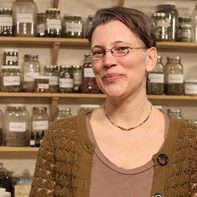 Katja Swift has been teaching herbalism and practicing as a clinical herbalist since 1996. In 2011, she and her husband Ryn Midura founded the CommonWealth Center for Holistic Herbalism, a vitalist school with a three-year clinical training program. In addition to this program, they offer a one-year community herbalist program and community classes and workshops. Katja serves as adjunct faculty at MCPHS University and Northeastern University, and is also trained as a street medic and Wilderness First Responder. Learn more about her work and online herbal classes here. by Jade Alicandro Mace The first Nettles (Urtica dioica) harvest is easily one of my most eagerly anticipated harvests of spring. To me, spring hasn’t truly sprung until the Nettles are here. When it comes to harvesting Nettles, one of the first things folks always ask is, “But don’t they sting?” They do. The next question is, “Do you wear gloves?” My answer? Nope. You’d be hard-pressed to find an herbalist who doesn’t choose to harvest Nettles bare-handed at least once a season on purpose. Why? Because the sting, just like almost every other part of the plant, is medicinal! Nettles stingers are small, hollow tubes called trichomes, visible with the naked eye, found on the leaves and stems of the plant. When you brush up against them their fragile silica tip breaks-off, releasing an impressive array of chemical constituents upon contact. While the complete chemistry and mechanism of action of the stingers is not fully understood, we know they contain small amounts of formic acid, tartaric acid, oxalic acid, the neurotransmitters acetylcholine, histamine, and serotonin, and likely many other chemical compounds. And although it’s true that they do leave a stinging/tingling sensation on the skin and in some cases mild hives -- especially if it’s a more sensitive area like the anterior forearm -- what’s also true is that on every continent where Nettles occur there follows a folk tradition of purposefully being stung by them for arthritic pain and swelling, a practice called urtication. This used to be common knowledge here in the U.S. and beyond, and considering the prevalence of arthritis, perhaps it’s time to bring urtication back into the mainstream! A family member of mine who suffers from arthritis in their thumbs finds immediate relief from urtication. Recently, a student shared a story of finding relief from an arthritic hip after she harvested Nettles bare-handed -- in this case the affected area wasn’t even directly stung. And in a class I took with Linda Black Elk, ethnobotanist and member of the Catawba Nation, she shared numerous first-hand experiences of the powers of urtication and vouched for this folk use still in practice today among the Lakota at the Standing Rock Reservation where she lives. Arthritis in the hands runs in my family, so I consider the yearly spring stings of Nettles to be a prophylactic. And while the initial stings can hurt some, it leaves a lasting, unique buzzing sensation in the hands once the initial acuteness has worn-off. If you don’t suffer from arthritis, then harvesting Nettles a few times a year bare-handed is a good preventative. If you do, then direct urtication may be something you want to consider. Here’s how you do it: Harvest a few stalks of Nettles (it’s ok if they’re in flower or seed) and give a firm slap with them directly onto the arthritic area followed by a quick brush over the area. Repeat for 5-10 minutes or until the stingers have all worn-off on that bundle, getting a fresh bundle if necessary. This can be done daily if you have access to fresh Nettles, or as-needed for arthritic flair-ups. The relief often lasts 6-12 hours between treatments. And for those of you who know you have a strong reaction to Nettles stings -- don’t be the hero! I always tell my students that herbalism is definitely NOT a “no pain, no gain” system of healing and if you feel hesitant to experience the sting or are very sensitive to it, there’s no shame in wearing gloves to harvest! It’s also helpful to know that rubbing the affected area with crushed Yellow Dock leaves (Rumex crispus, R. obstusifolius) can help alleviate the sting, as well as topical anti-histamines. Nettle is rendered harmless from drying, cooking, fermenting, making medicine (tea/tincture/vinegar/etc), and blending fresh in a blender/food processor. Whether you choose to harvest bare-handed or not, my hope is to shine a light on the benefits the often maligned sting of Nettles can provide. Wishing you all happy harvesting and happy spring, and if you have any direct experience with urtication I’d love to hear your stories -- share them in the comments below! 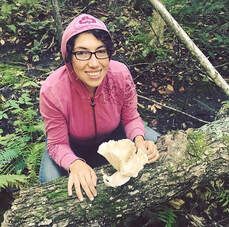 Jade brings a love of the bioregionally abundant herbs to her work as a community and clinical herbalist. When she’s not teaching bioregional herbalism, you can find her roaming the hedges with her harvest basket or at home in the kitchen brewing-up some potent food as medicine. She’s a mother to her 10 and 6 year-old daughters, partner, tender of chickens and cats and new puppy, blogger and writer, online educator, and half-gardener to her mostly wild gardens. She co-founded the Greenfield Community Herbal Clinic, dedicated to affordable herbal care and also maintains a long-distance clinical practice. She lives in the rolling hills of western Massachusetts in unceded Nipmuk territory. Learn more about her work at www.milkandhoneyherbs.com or follow her on facebook or instagram (@milkandhoneyherbs). by Jersey Griggs Are you normally hot or cold? Is your skin dry or moist? Are you more prone to anxiety or depression? You may be asked these questions when you visit a clinical herbalist or an Ayurveda practitioner. Understanding your body’s tendencies is key to discovering your energetic constitution, or in the language of Ayurveda, your dosha. Ayurveda — the ancient sister science of yoga — does not subscribe to a one-size-fits-all attitude. Each dosha (vata, pitta, kapha) is comprised of different energetic forces that make up a person’s constitution, also known as prakriti. When a body is in balance, all three doshas are in equilibrium. When a body is out of balance, one or more of the doshas may be in excess. In order to bring healing to the body, Ayurveda requires a balance of opposite energetics, which can be achieved through the use of herbs. A cup of chamomile tea might ground the anxious energy of vata, while peppermint can provide stimulation for a sluggish kapha. Not sure which dosha(s) you are? Take a quiz and then read on to discover the best herbs for your dosha. VATA Vata is the dosha of movement. Do you have a friend who walks and talks fast, is a bit distracted and is always late? Chances are, your friend is vata. Vatas are creative and spontaneous, but they’re also plagued by anxiety and worry. As a result, they tend towards digestive upset, constipation, and bloating. As they’re typically cold and dry, vatas respond well to herbs that are warming and moistening. Ginger Ginger is a warming herb and perfect for the colder tendencies of vata. Fresh ginger promotes circulation and will warm a vata’s cold extremities. Dried ginger is also warming, but this action is directed toward’s the body’s core, thereby improving digestion. Regardless of whether it’s fresh or dried, the grounding energy of ginger is ideal for pacifying vata. Lemon Balm Lemon Balm is a unique herb in that it is both warming and cooling. Initially warming, it is excellent for a stagnant digestive system. It also works to calm the nervous system and gently sedates any anxiety that may be caused by excessive vata. Chamomile Chamomile is an excellent herb for all ages and doshas but is especially soothing for vatas. A natural relaxant, chamomile is an age-old remedy for calming the nerves. It also supports the digestive system and can relieve gas or bloating, both common ailments of the vata dosha. PITTA Pitta is the dosha of transformation and is often represented by fire. While pittas have strong digestion, they are prone to heartburn, upset stomach, and skin problems. Do you have a type-A, super-smart, and organized friend who tends to be a bit competitive? Say hello to pitta. Pittas are hot, oily, and sharp and they benefit from cooling and drying herbs that calm their fire. Rose Rose is a traditional Ayurvedic remedy for pitta and a lovely herb for bringing this dosha back into balance. The petals of a rose can be used to make teas and tinctures, and when used as an ingredient in skin care, rose tones the skin and alleviates redness. Rose is also a calming herb, both physically and emotionally, and can be used to support the circulation and cardiovascular system of an imbalanced pitta. Linden Linden is another wonderful herb to support cardiovascular health. As both a cooling and relaxing herb, it soothes the fires of pitta and is comforting for the emotional heart. When aggravated, a pitta may be plagued by perfectionism or competitiveness. Fortunately, the nervine action of linden helps to soothe any anxiety or agitation that may promote such behaviors. Dandelion Dandelion, a well-known liver tonic, is also ideal for the pitta dosha. Pitta governs the functioning of the liver. When your liver is overtaxed, your body may react with rashes, inflammation, and skin breakouts — all signs of excess pitta. In response, dandelion tones and rejuvenates the liver, and as both a cooling and drying herb, it is able to pacify pitta. KAPHA Kapha is the dosha of structure and stability. People with predominant kapha doshas are often very grounded and make for loyal friends and trusted confidantes. Do you have a friend who is stable and nurturing, who cares for you through thick and thin? That is the beauty of kapha. On the flip side, kaphas can be slow-moving and stubborn and tend towards weight gain, water retention, and congestion. As kaphas are moist and cold, they find balance in herbs that are drying, warming, and tonifying. Peppermint Peppermint is both a warming and cooling herb and surprisingly enough, kapha benefits from both of these actions. For sluggish and tired kaphas, peppermint is uplifting and stimulating. It also thins mucus and reduces phlegm in the body, thereby aiding the congestion brought on by excess kapha. Tulsi Also known as “Holy Basil,” tulsi is revered in Ayurveda, often being referred to as “the queen of herbs.” Indeed, tulsi can be an extremely effective herbal remedy and is ideal for kaphas who need stimulation. A mood elevator, a cup of tulsi tea will aid kaphas when they are feeling blue or particularly stagnant. Sage Warming, drying, and tonifying, sage is the perfect herb for kapha types. When excess kapha increases mucus, sage is an excellent decongestant for the lungs and sinus tracts. Plus, sage moves heat and blood throughout the body, which can motivate the sluggishness brought on by too much kapha. Jersey Griggs is a freelance writer and editor for hire. A student of both Ayurveda and herbalism, Jersey was first introduced to these concepts when she received her 200-hour yoga certification in 2015. Since then, she has used both modalities as a way to achieve wellness in body and mind and has developed a particular interest in growing her own herbs for healing. She currently lives in Portland, Maine with her husband and pup. To learn more about Jersey, visit her website or follow her on Twitter.
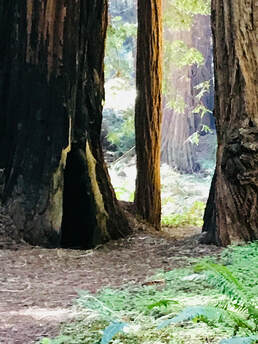 by Patrice Green As healers, our roles are pretty clear: offer tools and light the way so clients can step into their own path of healing. Sometimes that is very easy to do, but not always. There are times when we find ourselves working with people who are in the middle of the real meat and bones of it – perhaps it is a client who is entering the death cycle or someone who has a close friend or family member doing the same. Sometimes we are working with people who need an extraordinary amount of support because the path they are currently navigating is anything but smooth. It is in those times, with those clients that we healers need to remember the most important rule, that of detachment. It is the clients’ job to do the work; we are merely facilitators and space holders. In short, we are not on the path, we are merely companions along the way. Ok, that’s a deep lesson for a healer to learn, and hopefully we learn it early in our practice so we don’t take on that which is not ours to own. This lesson is one stop along the way of what I’ve come to call “The Healer’s Path.” What does the Healer’s path look like? Is it straight, crooked, wide, or narrow? Does it have impediments requiring a creative approach to move forward? Does it have company along the way or is it a solitary trek through the dark night of the soul? Is it some combination of all of that and more? Certainly it is personal, meaning that it is different for each of us. Teachers will appear from time to time to guide and inform us. What happens if we are firmly on the path but find ourselves bogged down for some reason? Where do Healers go to re-group, rejuvenate, renew? We have a fabulous toolbox to offer our clients, but what do we offer ourselves? Worst of all, sometimes we can get so mired that there’s not enough objectivity to remember everything in our toolbox. It’s one of the reasons physicians do not treat themselves or family members – it is nearly impossible to be detached enough to assess ourselves when we are in a crisis state. It is in those moments that I advocate removing one’s self from whatever situation is causing the stress, even for a few days, so that one has a chance to step back, take a deep breath and regroup. If time away isn’t possible for budgetary or logistical reasons, there are other tools we can use, such as meditation, for at least a mental break. If meditation isn’t working, remember that it is almost impossible to make a cup of tea and not have that be an active meditative practice. Mindfully selecting the herbs, preparing the water, selecting which cup to drink from and sitting quietly for a few moments can be a brief but necessary oasis in an otherwise chaotic and stressful day. Select whichever heart/mind herbs speak to you – those herbs that help integrate what our heart is telling us with what our mind is saying. Wood betony (Stachys officinalis), Gotu kola (Centella asiactica), Skullcap (Scutellaria lateriflora) and Mimosa (Albizzia julibrissin) are a few examples that come to mind. Having a network of fellow healers to call is also imperative. A fellow healer who is also a dear friend can often serve as a guiding light through our own dark passage. They can and will bring their objectivity and knowledge into play when circumstances are too stressful to allow one to heal one’s self. This is why communities like Herbstalk are so crucial to the Healer on his/her path. But most importantly, we need to remember that we are lighting the way for others’ journeys. We are not on those journeys ourselves. Their burdens are not ours, and what a relief that reminder can be! Join us this June 1st and 2nd for the next fabulous Herbstalk event so you can re-visit your Healer tribe!  Patrice Green is the founder of Green Aromatics, a holistic practice offering education and consultations in many healing modalities. Certified as both a clinical herbalist and aromatherapist, Patrice is also passionate about Reiki and the healing properties of flower essences. She incorporates energy healing and shamanic techniques in her session work with clients and is also an Animal Reiki practitioner. Patrice maintains a mentorship practice with master healer Catherine Miller, which began in 2010. Available for workshops or consultations, she is also a regular contributor to the Herbstalk blog and volunteers at Wolf Hollow in Ipswich, an educational sanctuary dedicated to the preservation of the wolf in the wild through education and exposure. by Marissa Ranahan What is Nettle? The arrival of spring calls the lovely rebirth of the Nettle plant. This abundant (and edible!) herb is a member of the Urticaceae plant family. Nettle grows widely in nitrogen rich soils -- found in both the United States and dispersed throughout Europe. Although painful to the touch, when used internally, nettle is a gentle healer for various ailments. What are the benefits of Nettle? Nettle has a plethora of vitamins and minerals housed within its green leaves. It’s commonly known to herbalists as a revitalizing plant -- used to “revive” the entire body and increase organ functionality. In particular, nettle works to improve daily kidney, liver, and stomach functions. For many, nettle has been used as an essential herb for stress, fatigue, and burnout. Herbalists recommend nettle for prolonged stress since the plant works profoundly on the adrenal system. Nettle is also the perfect herb for treating seasonal allergy symptoms - such as runny nose, itching, and allergy-related headaches due to its natural anti-histamine property. Nettle is known as a “super herb” regarding its ability to help women at every stage of life. Specifically, it helps women combat fatigue caused by low iron. For expecting mothers, nettles provide high amounts of Vitamin K to prevent blood clots from pregnancy. Once the child is born, taking nettle supplements increases the supply of a mother’s breast milk. The plant provides deep nutrition for both the newborn baby and the mother’s health. How do you take Nettle? The way nettle is taken depends on personal preference. The most common ways are teas, tinctures, and herbal capsules. Many herbalists will also incorporate nettle into their daily meals (via soups, sauces, or infused vinegars) for the best assimilation of the plant’s vitamin and mineral content. As a food-grade plant, nettle is gentle enough for people of all ages and constitutions to use in moderation. Note: Fresh nettle leaves will sting upon contact. This property is deactivated with drying or cooking, so have no fear! If you are feeling adventurous and want to make a healthy green smoothie with foraged nettle, try this recipe during the upcoming spring months:
to deactivate the sting in their leaf hairs. Bring a pot of water to a boil and drop the clean leaves in, allowing them to cook for 1-2 minutes. Stir frequently. Strain out the leaves and add them, along with the rest of the ingredients, to the blender. Puree and drink! 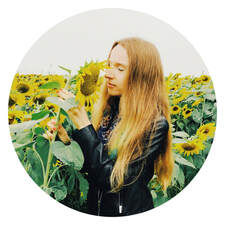 Marissa has been drawn to the world of aromatics and plants since she was a child. Certified in aromatherapy, Reiki, and meditation, she actively changes lives using these healing practices. Additionally, she is a holistic life coach, and works towards helping others heal while simultaneously getting in touch with their spiritual side. As Herbstalk's Marketing Manager, Marissa draws upon years of experience to oversee vendor relations, event management, and marketing campaigns. As a longtime attendee and member of the Herbstalk community, she is beyond thrilled to be a part of the team! |
Archives
November 2023
Categories
All
|
Join the Newsletter!
Receive news about future Herbstalk events
Thank you!
You have successfully joined our subscriber list.
Copyright © Herbstalk 2024
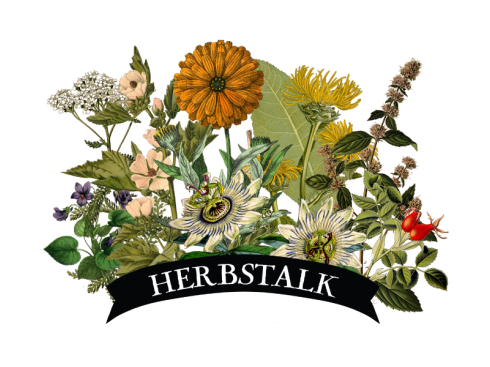
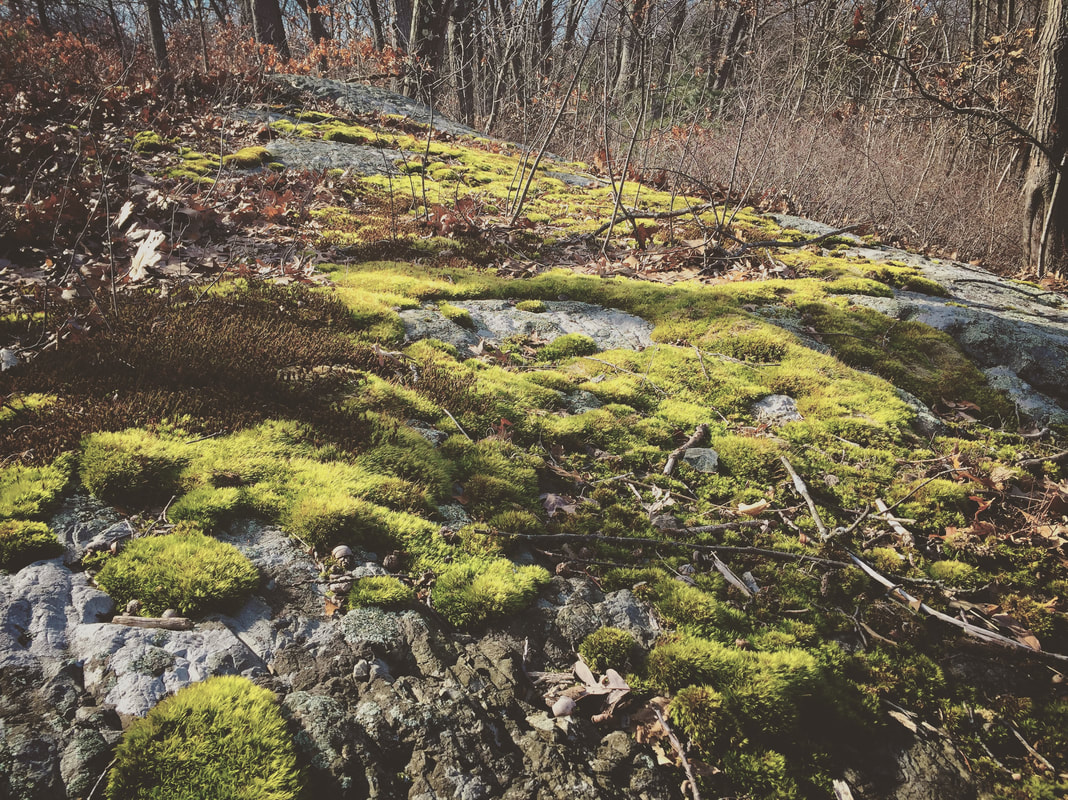
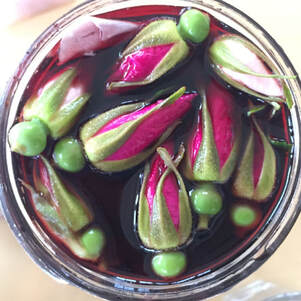
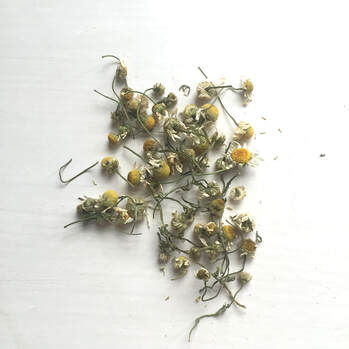
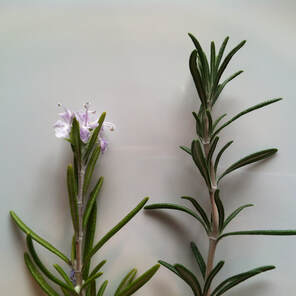
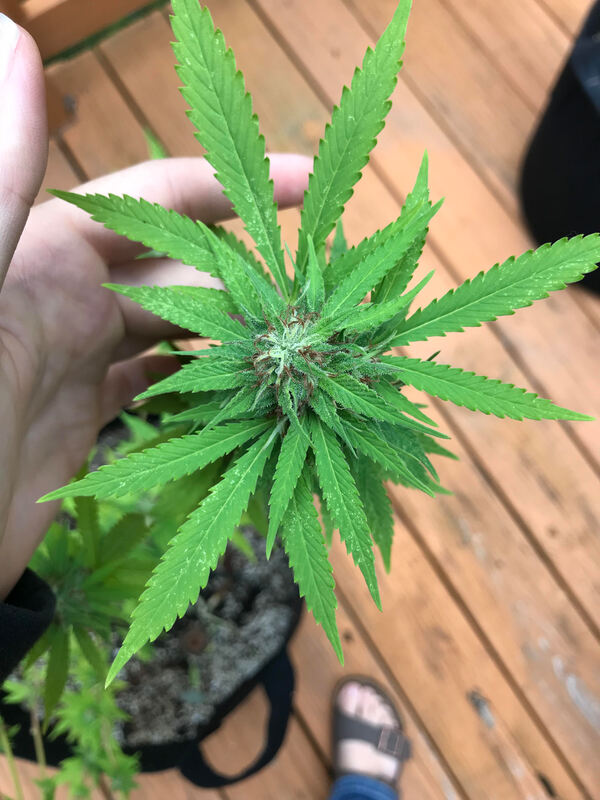
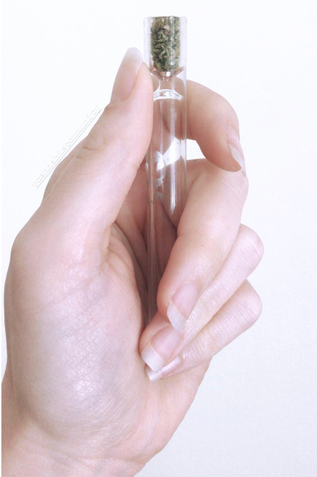
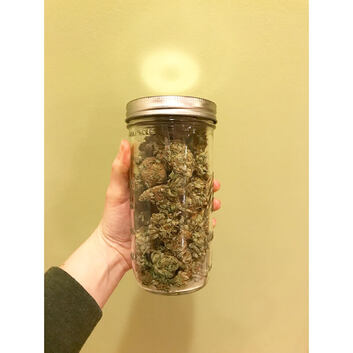
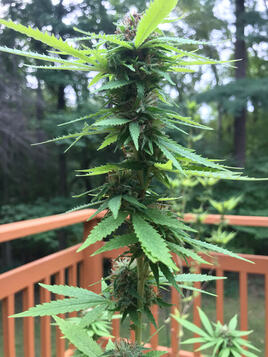
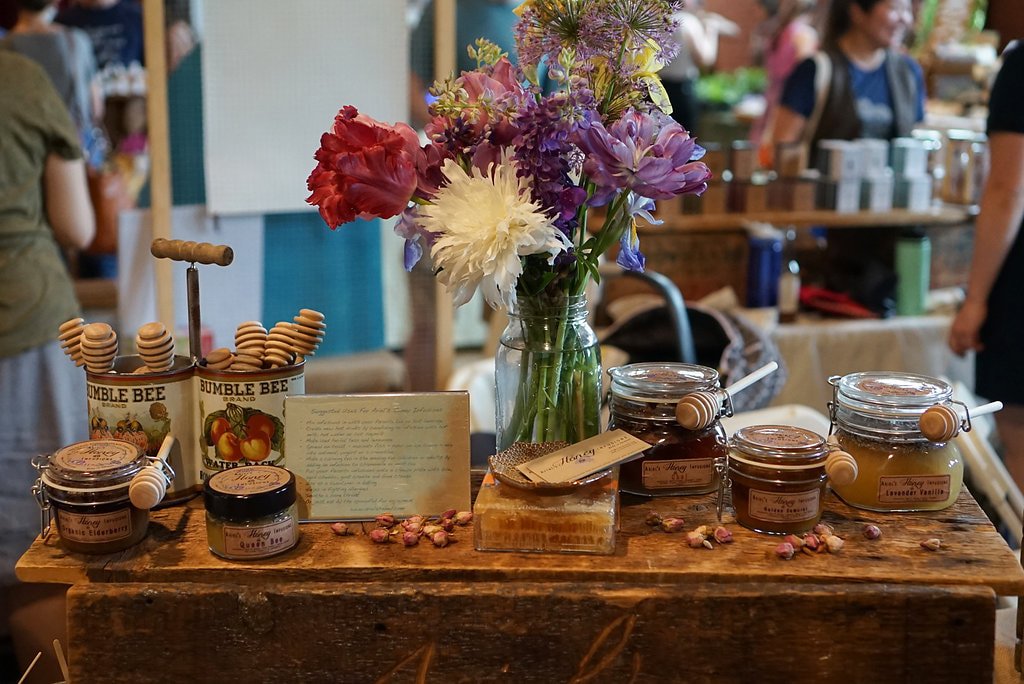
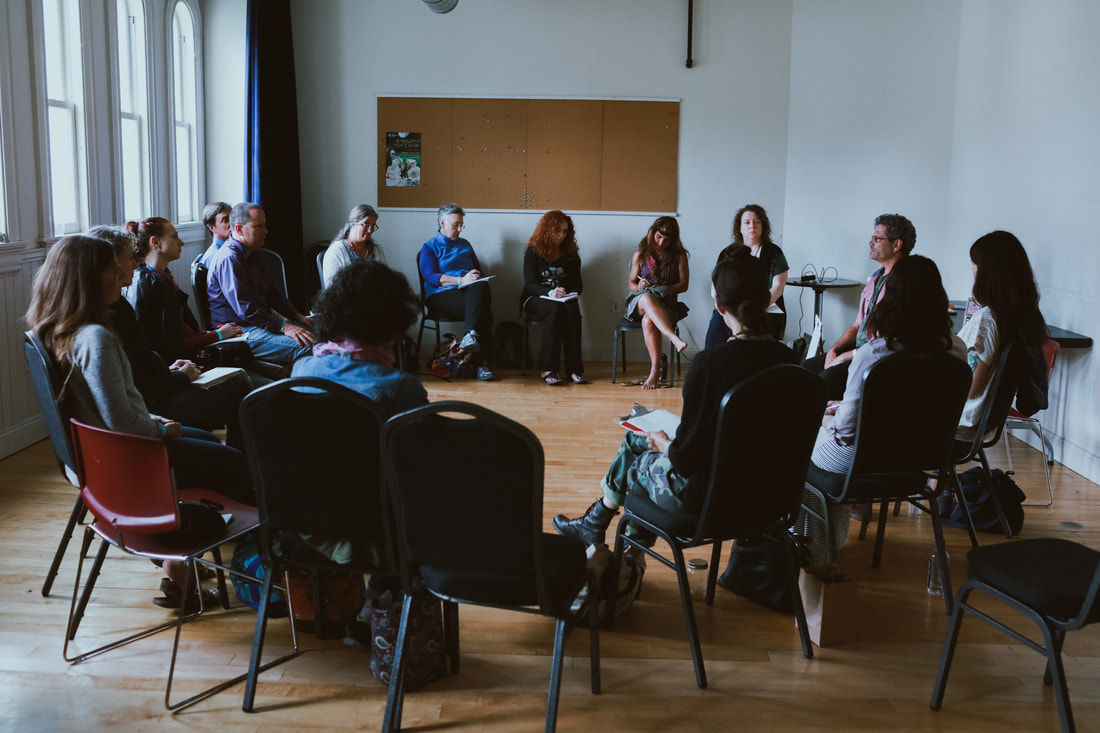
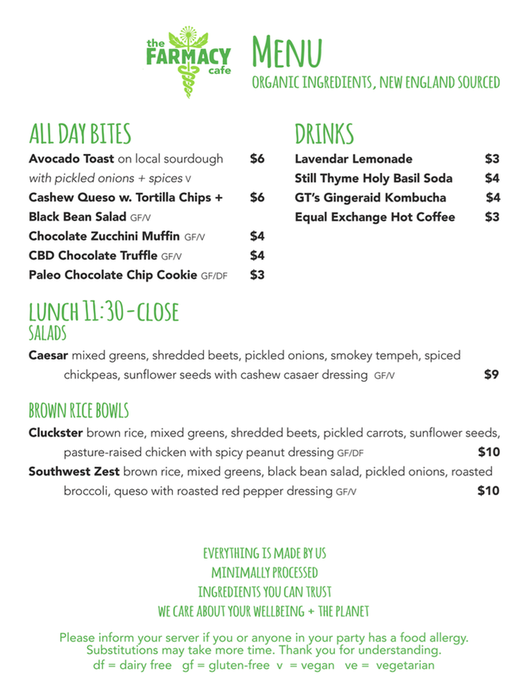
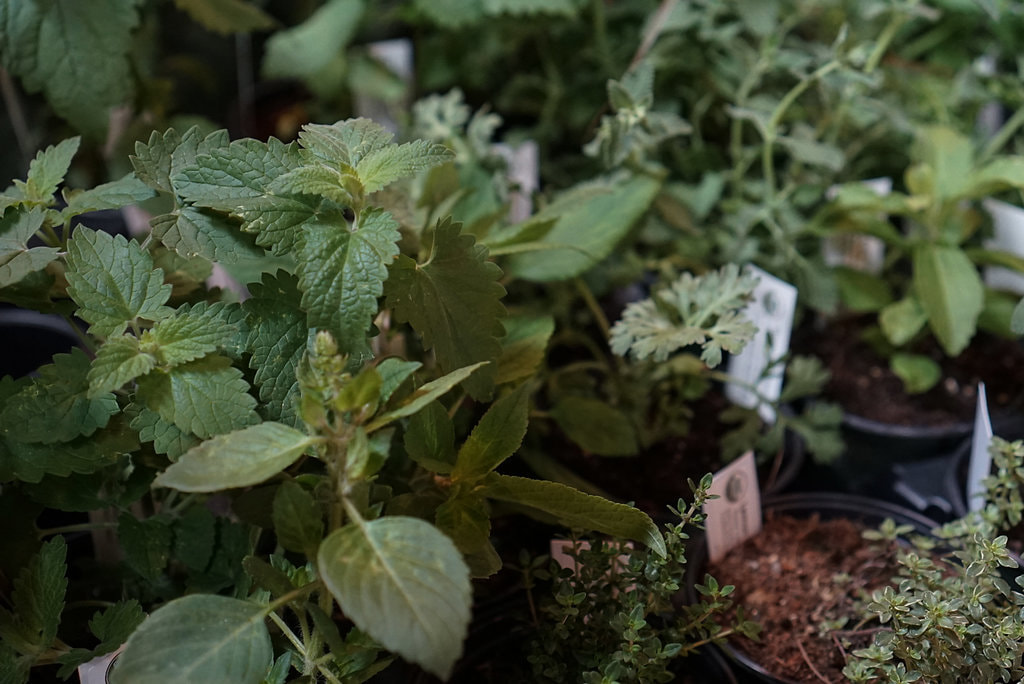
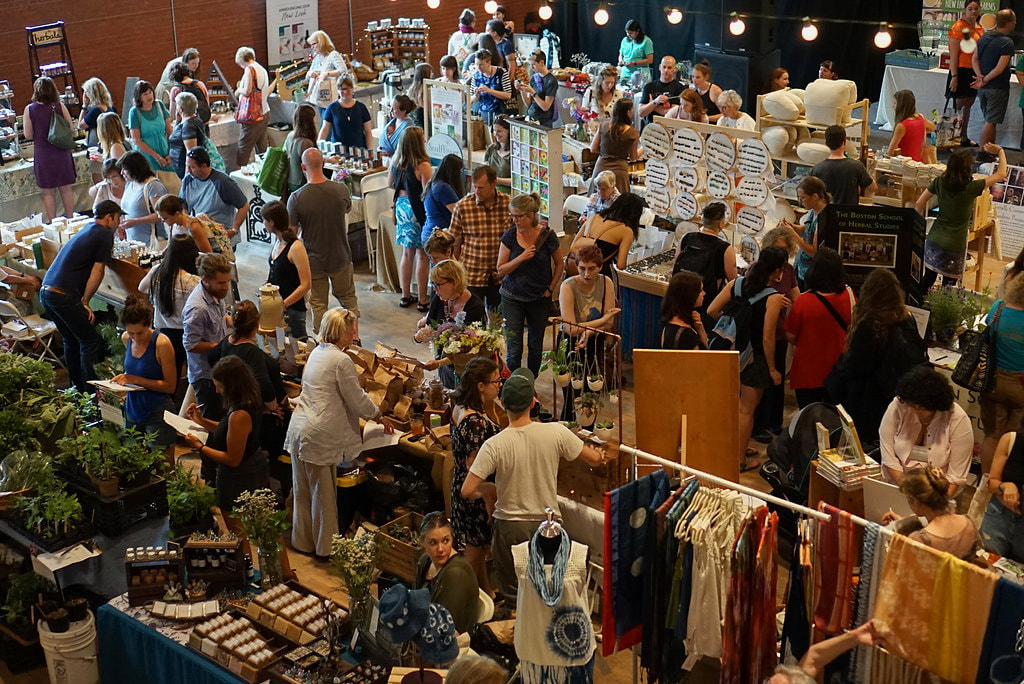
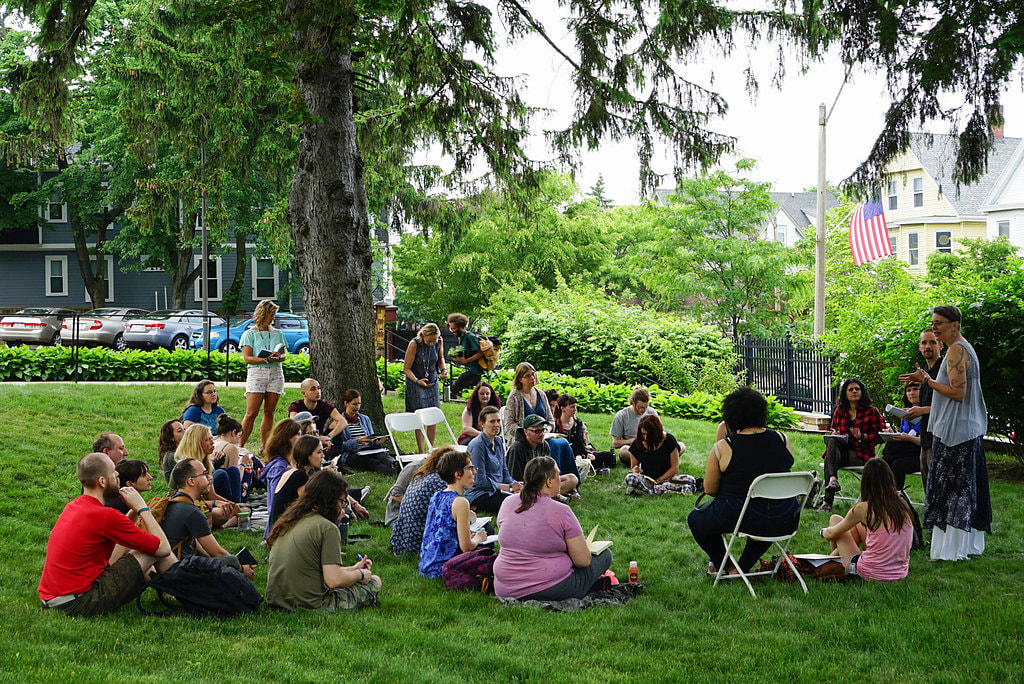
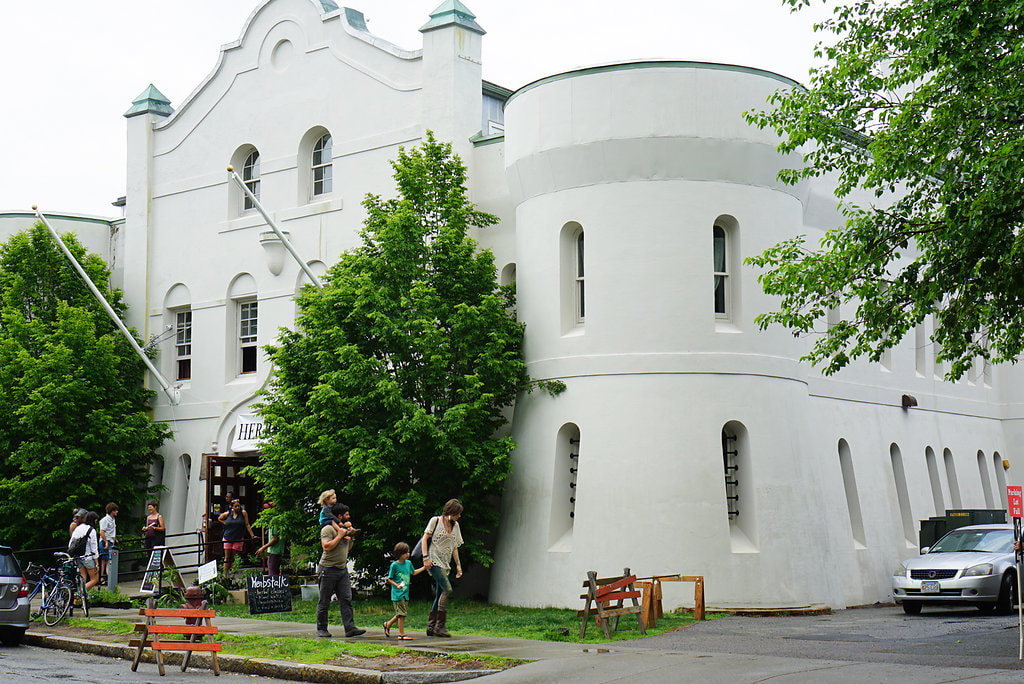
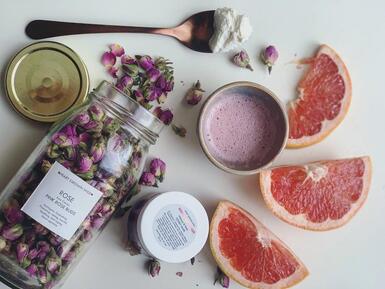
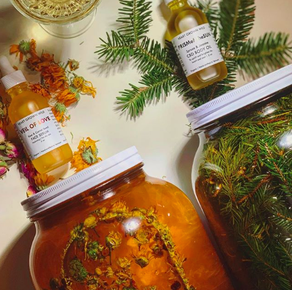
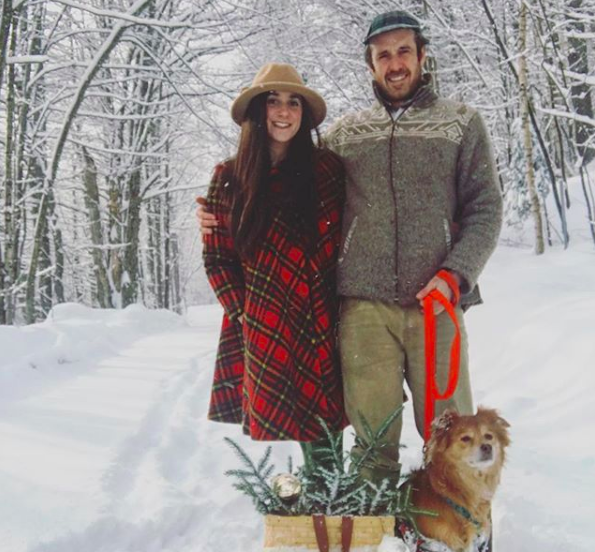
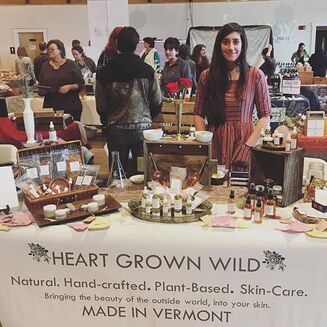
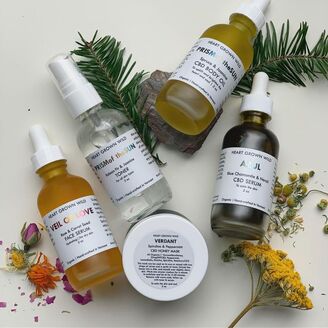
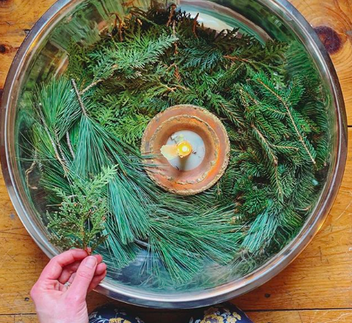
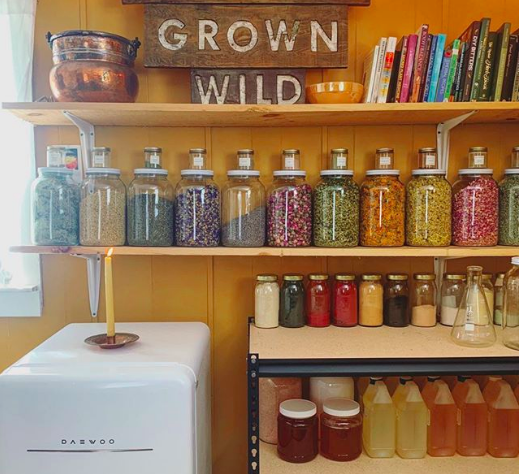
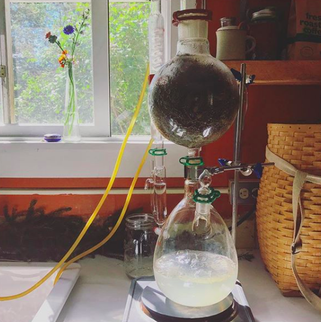
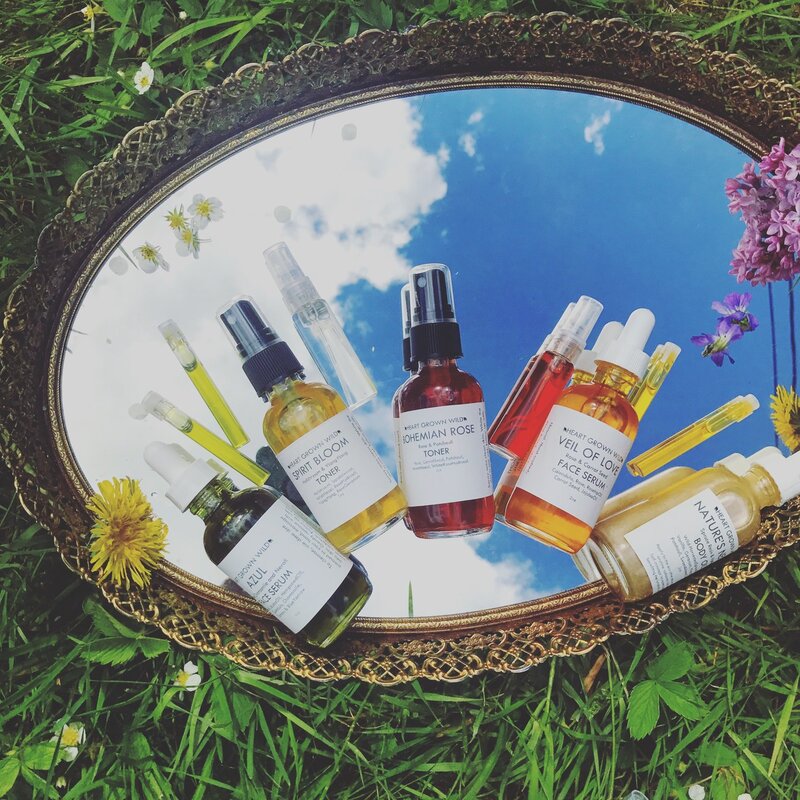

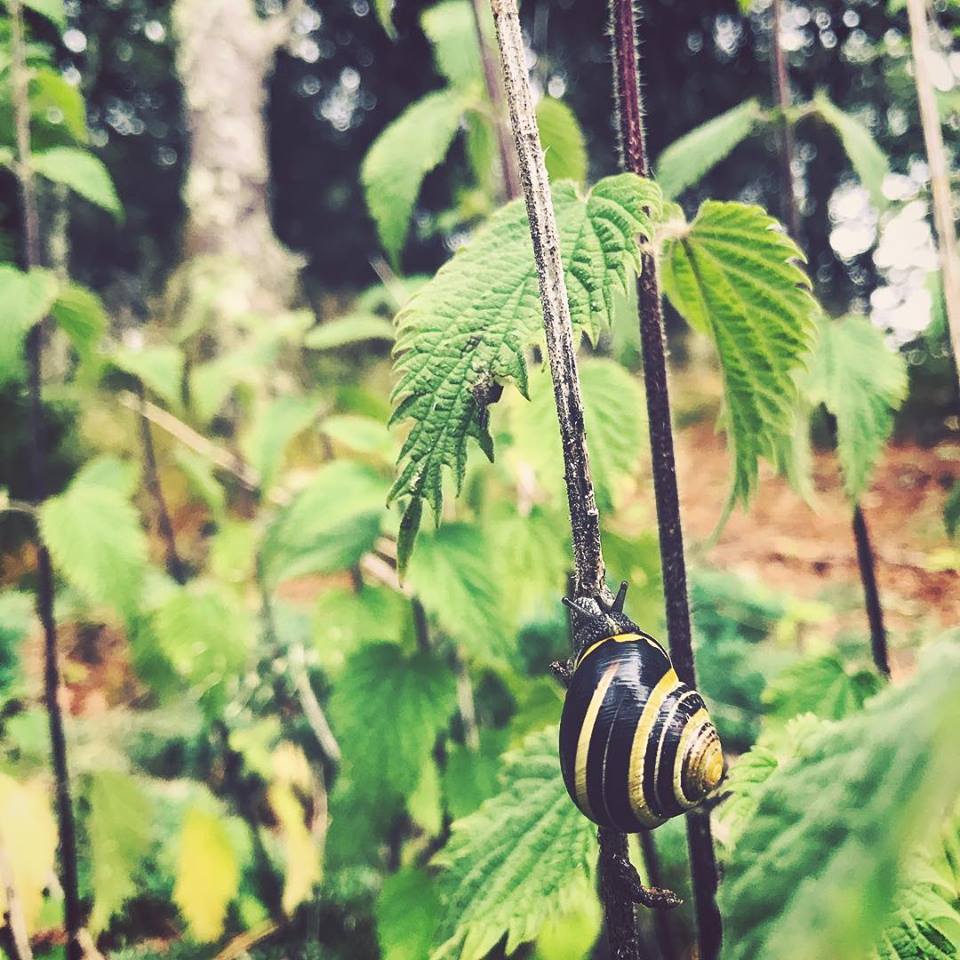
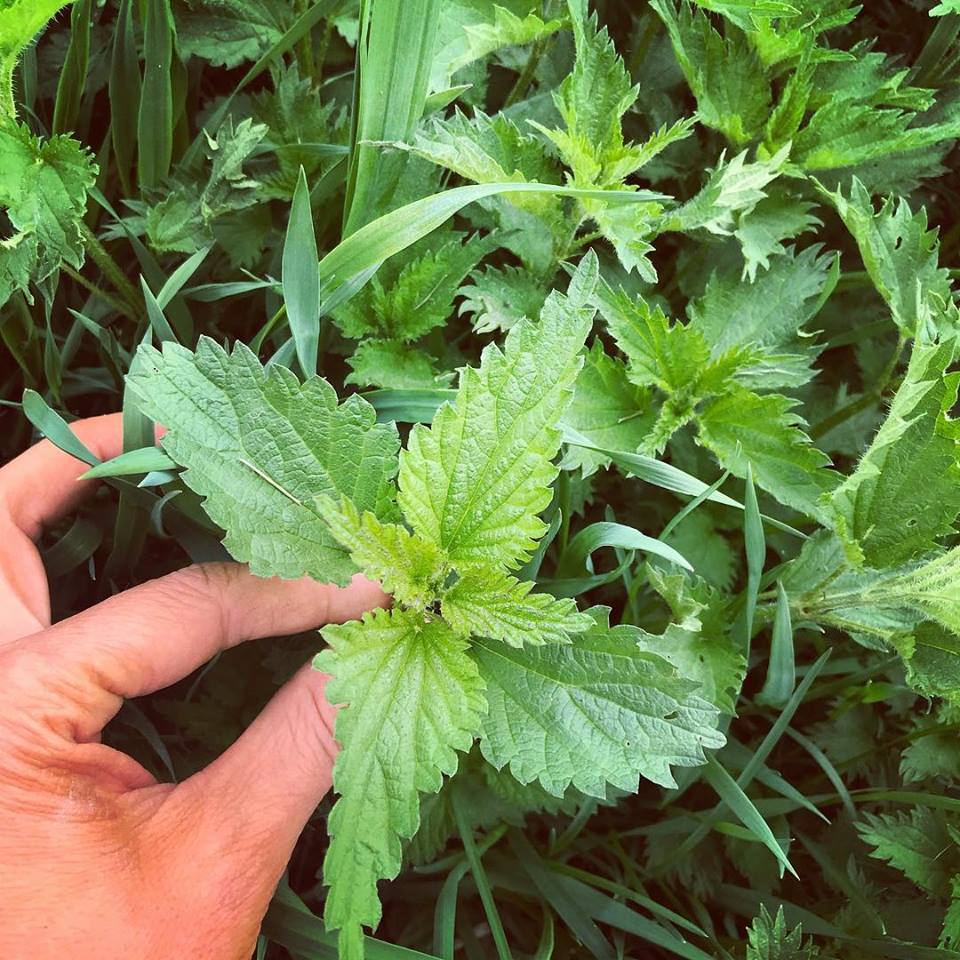
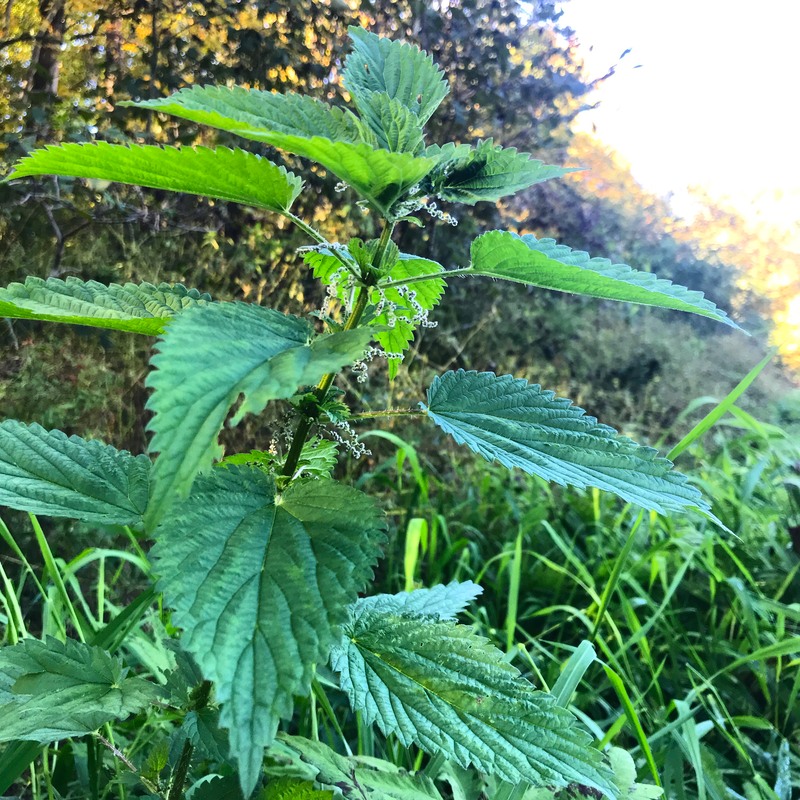
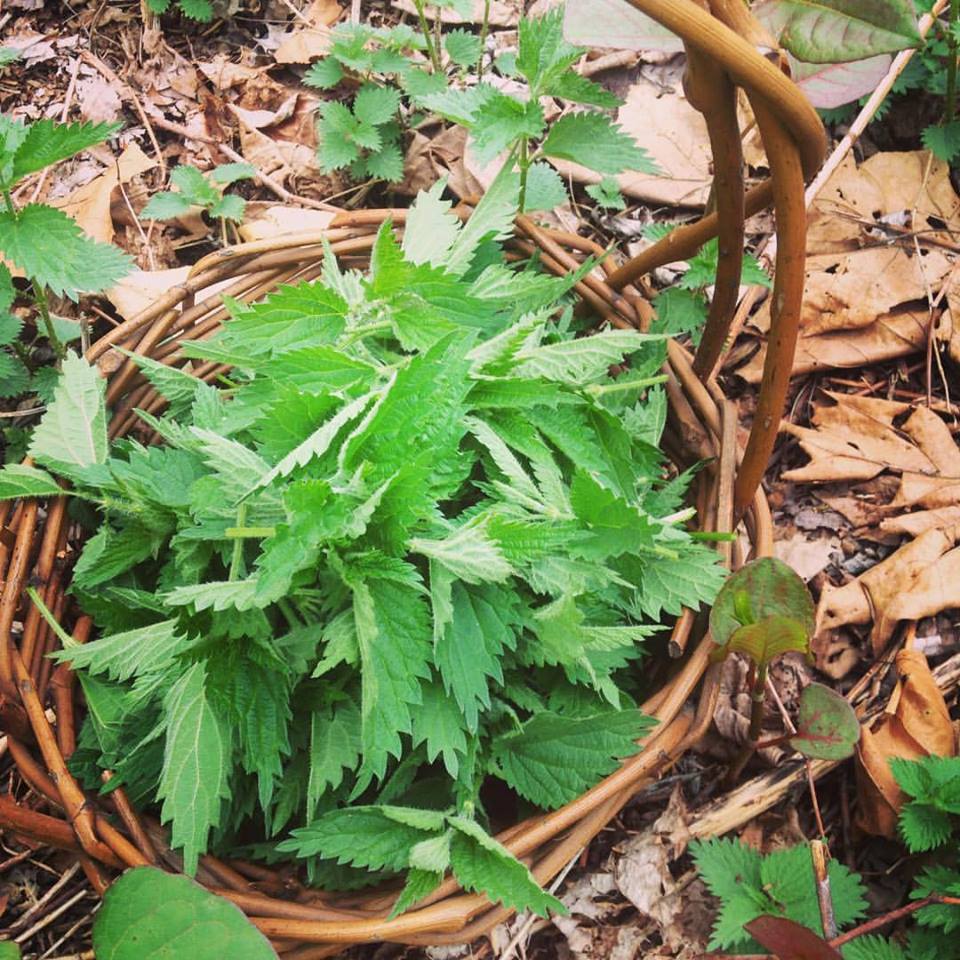
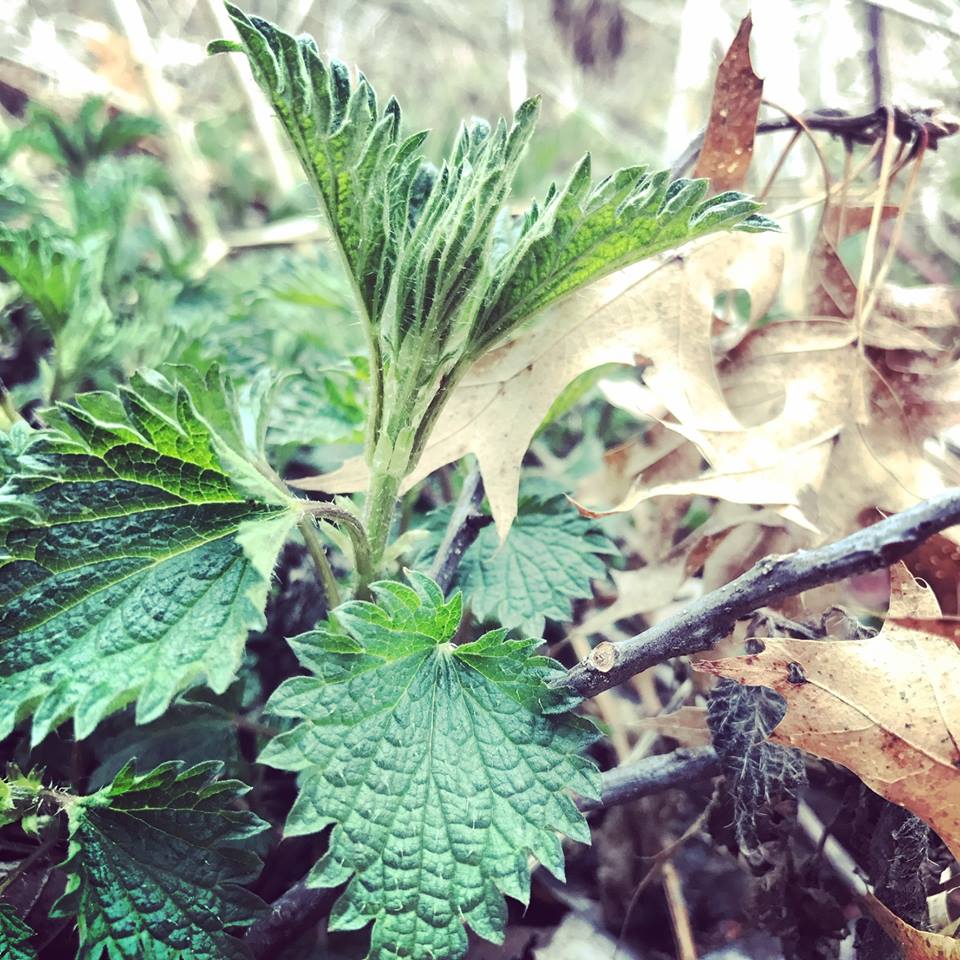
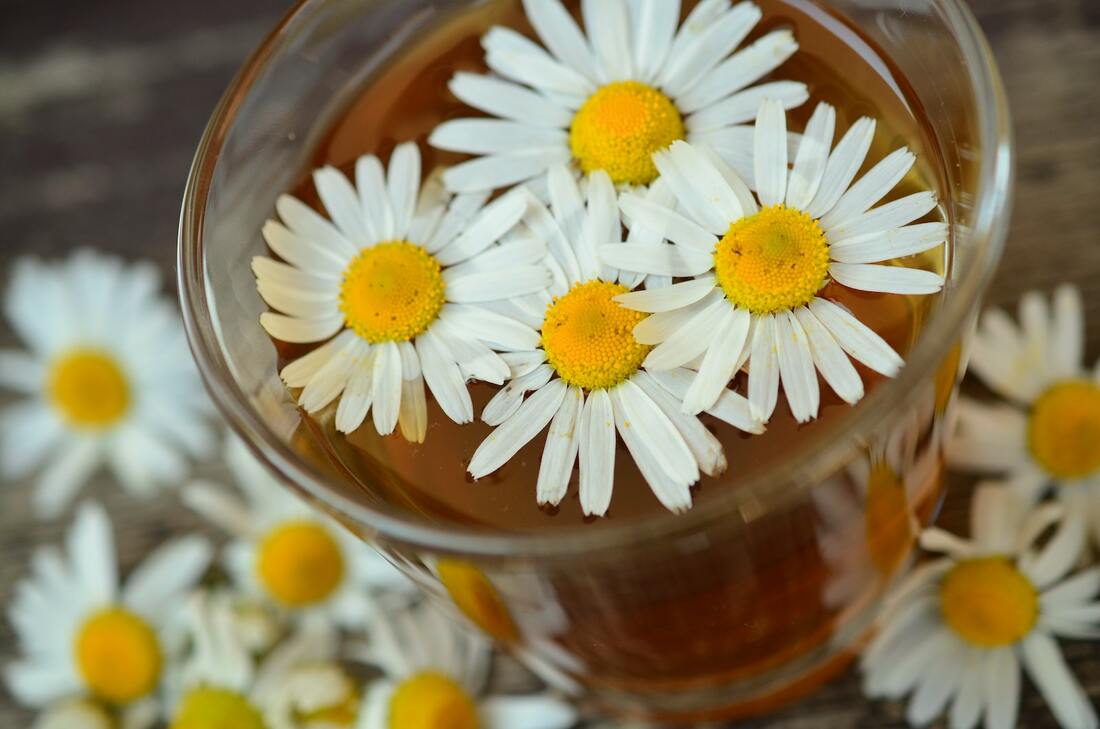
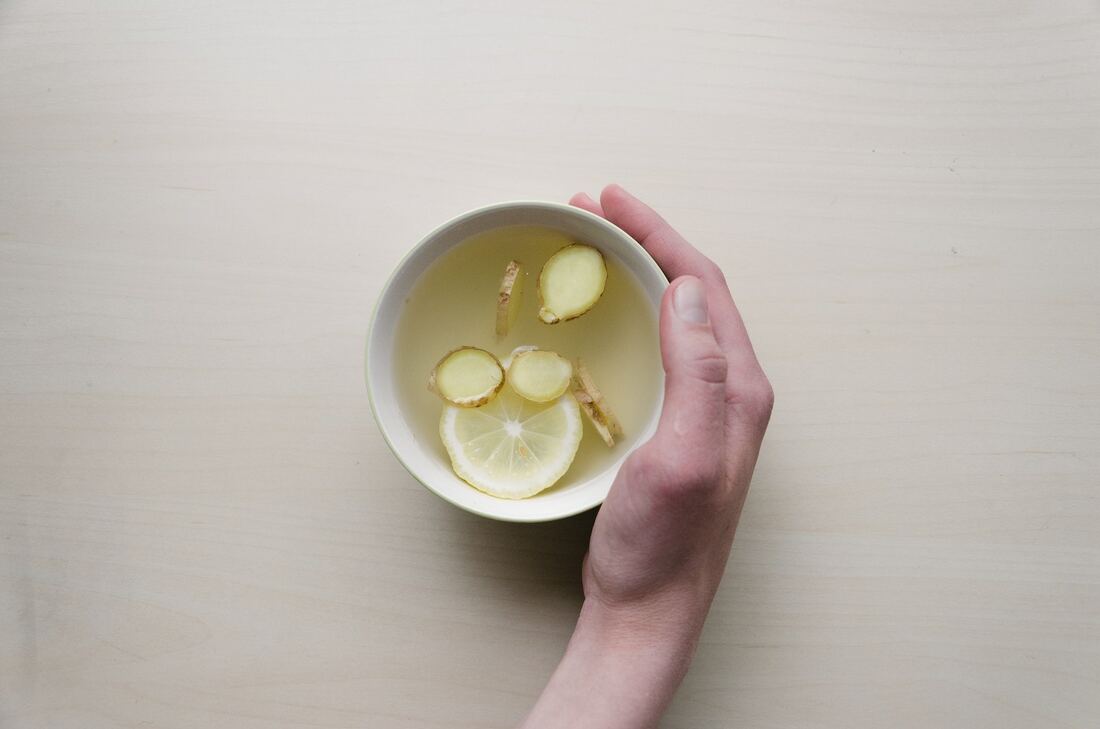
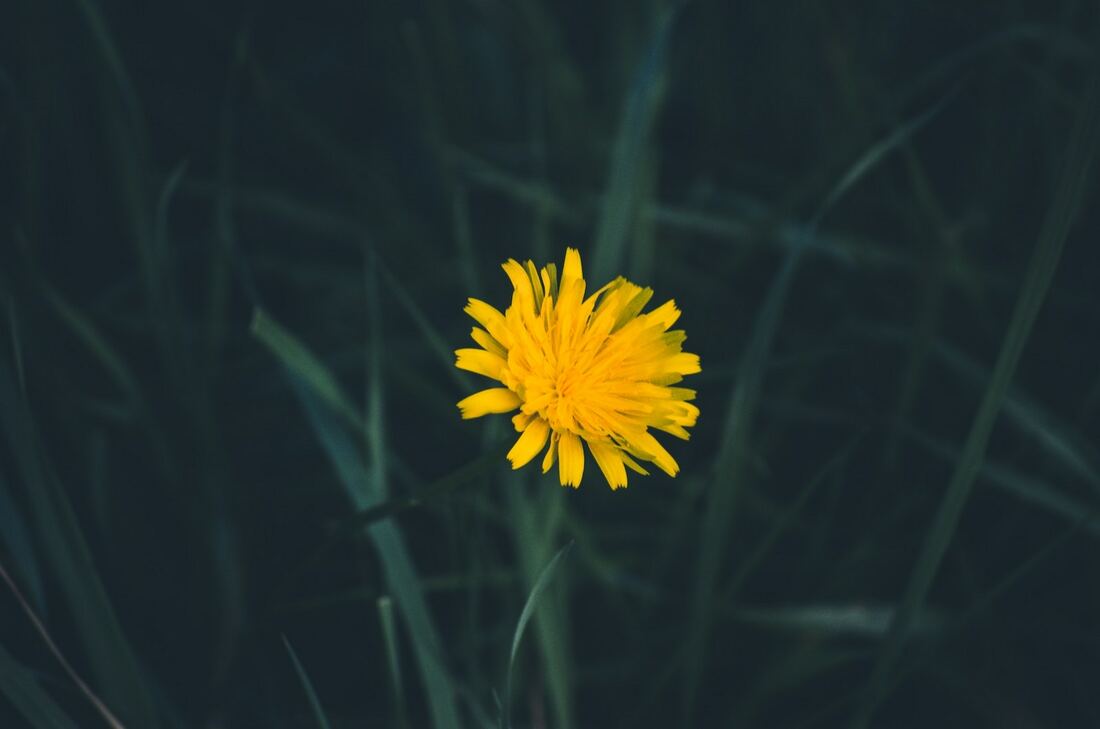
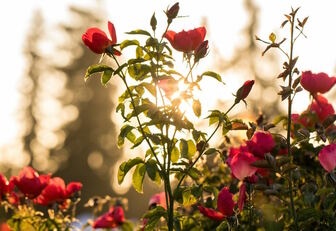
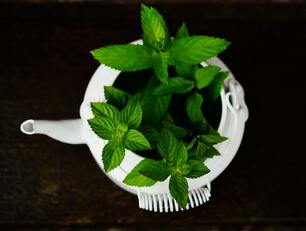

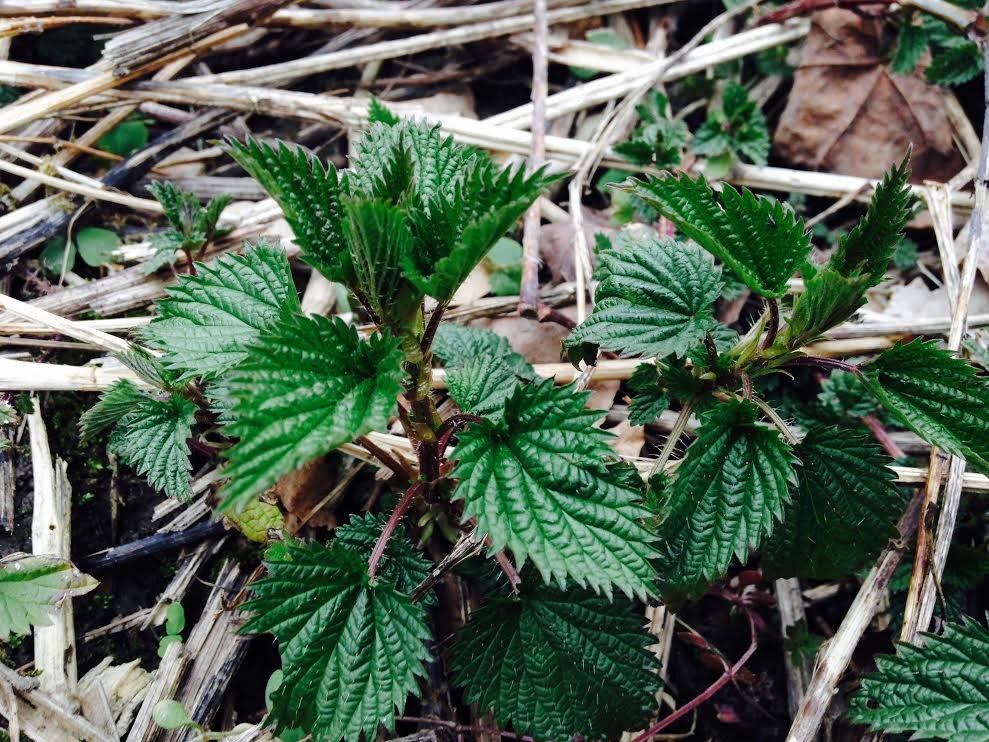
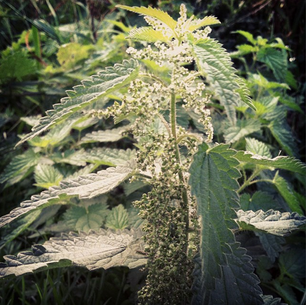
 RSS Feed
RSS Feed